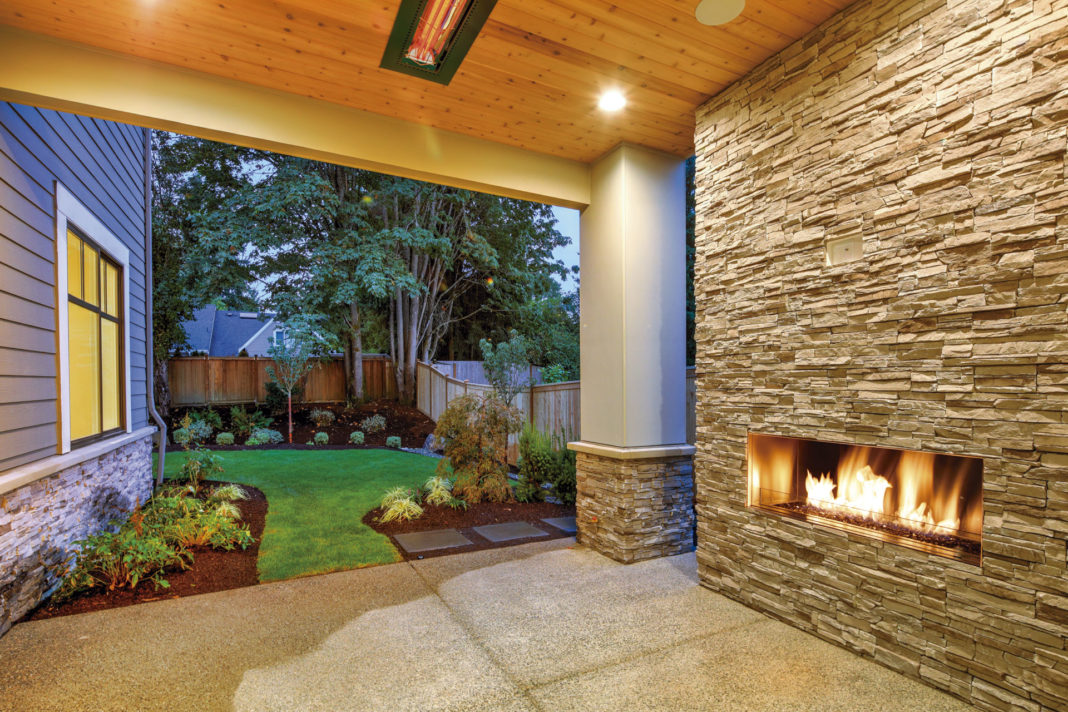Infrared heaters are among the most environmentally friendly and efficient options for heating up terraces or gardens at this time of the year
Sustainable outdoor heating is only possible when the devices used are powered by electricity from renewable energy sources. This is perfectly feasible in the Canary Islands, where the incredible climate can easily sustain self-consumption photovoltaic solar panels and the strong trade winds are more than enough to power wind turbines.
When run on renewable energy, infrared electric radiators are an excellent option as they neither emit CO2, nor do they require maintenance or fuel storage. Another advantage is their low energy consumption which is even more efficient and able to work on half power or less if used in a space that is partially or totally closed-in.
To choose the right infrared heater for your needs, with the right range and optimum efficiency, it’s important to know the size of the space it will be used in. You should also have a clear idea of how and where it will be installed and accessed and whether it will be indoors or outdoors. Most models come fitted with chains for ceiling mounting, and some models are available with remote-control.
To better understand how infrared heat works, look no further than the sun and solar radiation. The sun emits visible light (UV radiation) and heat through infrared radiation (invisible). It heats the air and our bodies more directly and more deeply with a notable difference as soon as we move into the shade or back into the sun. This type of heat is also used in physiotherapy lamps that help recovery from muscle injuries.
The best infrared heaters for outdoor use are models with IP certified water resistance. They are waterproof and resistant to weather conditions, low temperatures, rain, high winds and so on. The direct radiation (deep penetration) of a halogen infrared is not affected by wind or poor weather conditions.
There are many advantages to infrared heaters including the fact that they do not dry out the air, they’re quiet, they don’t suck up oxygen and nor do they generate unpleasant odours. They are also less likely to generate condensation indoors and are capable of going from zero (off) to full power in just five seconds.
Eco-friendly alternatives to infrared heaters are wood-burning stoves or stoves which use other biofuels such as biomass pellets.



